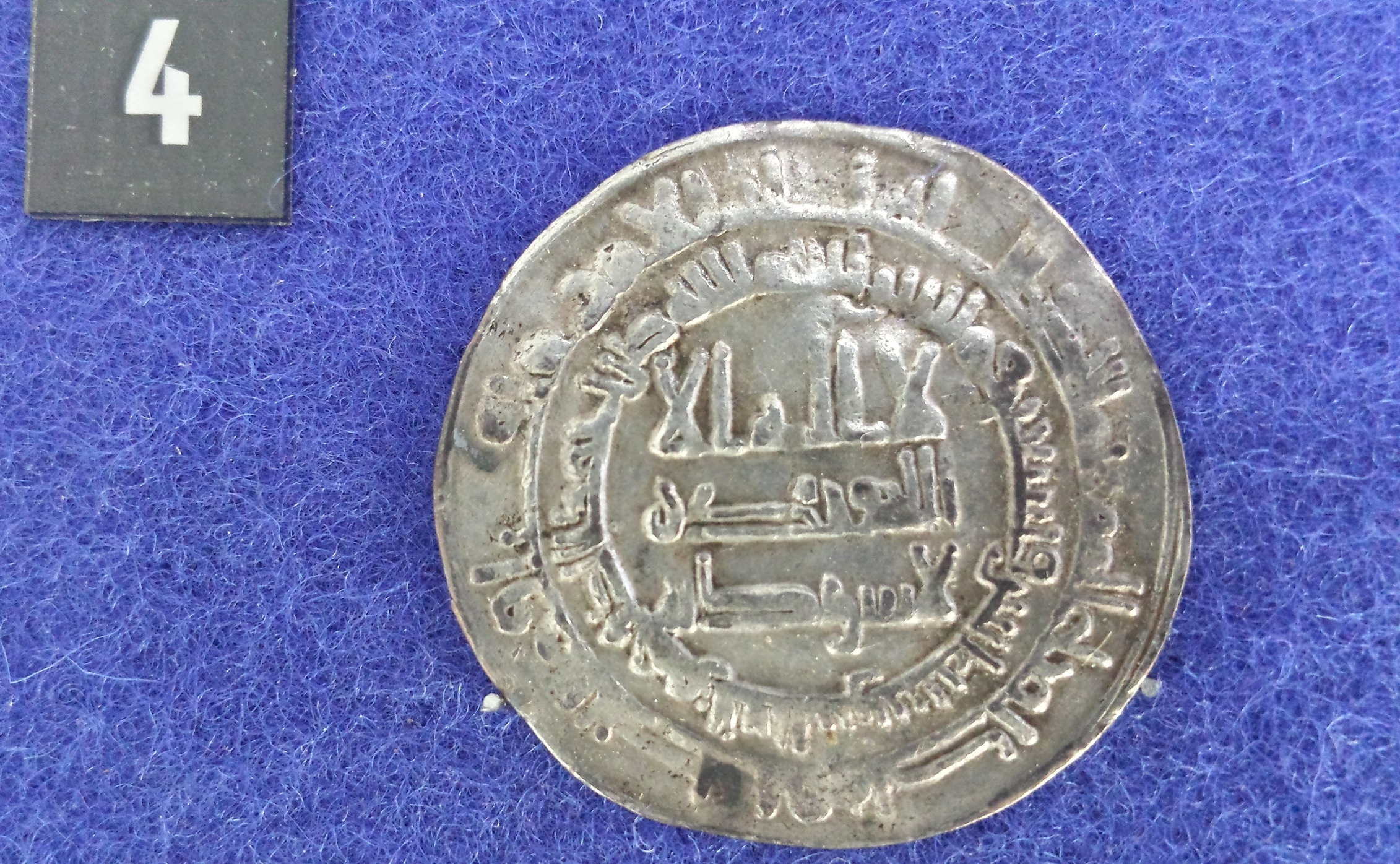Tharik Hussain (@_TharikHussain) is a freelance journalist, travel writer, photographer and blogger specialising in the Islamic stories of Europe and Muslim ('Halal') travel. In this post he looks at the forgotten Islamic history of the Baltic region.
Islam in the Baltic has a surprisingly long history. There is evidence of Muslim travellers and geographers appearing in the area as early as the tenth century. However beyond the odd adventure or mapping exercise, the Baltic held little interest for them.
The first real Muslim community is established in the 14th century in southern Lithuania, east Poland and Belarus, when Muslim Tatars from the Crimea were brought over by Lithuania’s Duke Vytautas to help with fighting the intolerant Christian Teutonic Knights. These Tatars were invited to stay and have been resident here for over 600 years now.
Tharik Hussain
This trail maps the region’s entire Muslim history, one country at a time. It identifies all the places to connect with the three Baltic states’ fascinating Islamic culture, concluding in sleepy Lithuanian villages still home to what might just be Europe’s oldest surviving Muslim community.
ESTONIa🇪🇪
Estonian History Museum: The Estonianan History Museum is housed in Tallinn’s Great Guild Hall and contains the earliest evidence of Islam in the Baltics. These are Abbasid, Samanid and Karachanid coins minted as early as the eighth century and believed to have been dropped in the area by ancient Viking traders.
Estonian History Museum, Great Guild Hall, Pikk 17, 10123, Tallinn. www.ajaloomuseum.ee
Estonian Islamic Centre: Tallinn’s only mosque is in an office block on the outskirts of the city, near the airport. It is a good place to meet Tallinn’s small but diverse community of Muslims, made up of Tatars, local converts and immigrants from countries like Bangladesh, Egypt and Azerbaijan.
Estonian Islamic Centre, Keevise 9, 11415 Tallinn. www.islam.pri.ee
LATVIA🇱🇻
The Latvian National Museum of History: Riga also has a collection of ancient Islamic coins dating from the ninth and eleventh centuries. The total amount discovered in Latvia number over 2,000, with a selection on display here.
Latvian National History Museum, Lacplesa street 106/108, Riga, LV-1003. www.lnvm.lv
Tharik Hussain
Muslim Cemetery, Riga: The ‘Musulman Kapi’ in the northern suburbs of Riga is a quaint little patch, surrounded by Christian graves. This selection of old and new graves offer a fascinating insight into Latvia’s oldest Muslim community, created by Tatar migrations from areas such as Russia.
Aizsaules Iela 1A, Riga, LV-1026
Islamic Cultural Center in Riga: Riga’s mosque is inside a red residential block off the busy Brivibas street. On the opposite side of the street, there is a small selection of Muslim stores including a delightful little Turkish butchers.
Brivibas Iela 104, Riga, LV-1001. www.islam.lv
LITHUANIA🇱🇹
Ottoman minaret: Lithuania was never an Ottoman territory, so to find an Ottoman minaret hiding in the woods behind Kedainiai’s main train station begs the question ‘how?’
Legend has it Edouard Totleban, a local Russian Imperial Army General, brought it here in the mid 19th century so he could build his beloved wife – a Muslim Turk – a little mosque to pray in. The mosque is no more, but the romantic gesture remains.
Off S. Dariaus ir S. Gireno gatve 5C, Kedainiai 57149, Lithuania
Kaunas Mosque: The Baltic’s only purpose built brick mosque has a dedicated imam and a vibrant Friday jam’at filled with overseas students, Tatar Muslims, converts and immigrants.
Tharik Hussain
The mosque is in the Egyptian Mamluk-style with an egg-shaped dome and an elegant minaret. It was built in 1933 to commemorate the 600 year death anniversary of Duke Vytautas who brought the Muslims here in 1398. Fittingly, today it is also the office of a direct descendant of that community, the Grand Mufti of Lithuania, Ramadan Yaqoob.
Kauno Mecete, Totoriu Gatve 6, Kaunas 44322
Ancient Tatar lands
The area that Duke Vytautas settled the Muslim Tatars in falls roughly between Vilnius, eastern Poland and Belarus. Hundreds of villages in this area can trace their origins back to that period, but only seven contain the last of the remaining wooden Tatar Mecetes – the most indigenously European looking mosques anywhere. Three of these are in Lithuania.
Tharik Hussain: City Centre
Keturiasdesimt Totoriu: Keturiasdesimt Totoriu means ‘Forty Tatars’ because that’s how many families are said to have settled here in the 14th century. The village remains laid out like a Tatar military encampment, and is only four hours march from Trakai, Vytautas’ capital.
Tharik Hussain
In its centre is a quaint, dark-wood mosque. It is square with a pointed tin roof, and a small onion domed turret, topped by a crescent. The Tatars here number around 120, and many claim direct descent to the first generation to come from the Crimea. There is a new community centre in the village, which has had a mosque since the 16th century and contains the oldest dateable Muslim grave in Europe. ‘Allahberdi’ was buried here in either 1621/1626.
Nemezis: Virtually a suburb of Vilnius, Nemezis’ mosque is the most ornate of all three and it sits where a mosque has stood since the 17th century. Nemezis also has a brand new community centre for its Tatar population of 400.
Tharik Hussain: Inside Mosque
Raiziai: Raiziai is an important centre for Lithuanian Tatar festivities where 500 Tatars still live. A mosque has stood here since the 17th century and the current one is a reconstruction of an 1883 model. Inside it there is a rare Tatar minbar (pulpit), dating from 1686, originally in neighbouring Bazoru.
For support and advice on the Baltic heritage, contact Lithuania’s Islamic society www.islamasvisiems.lt















